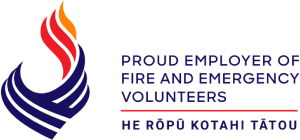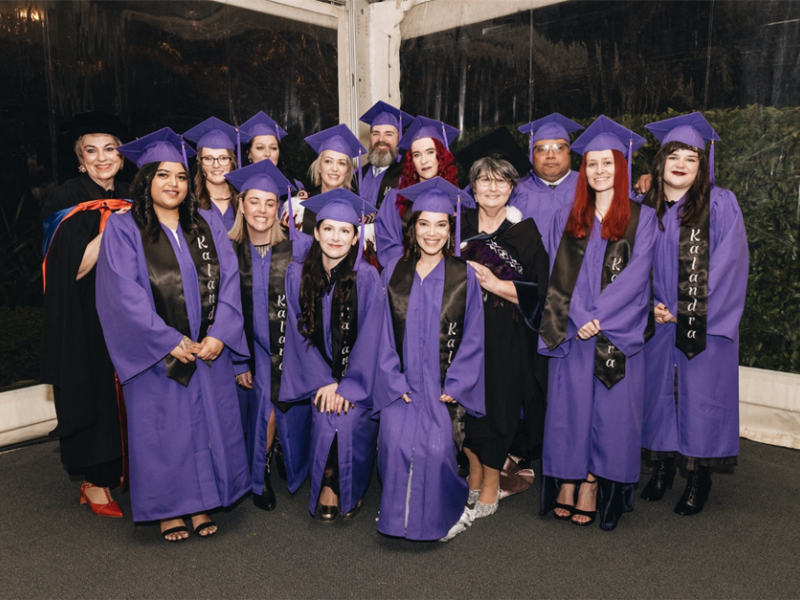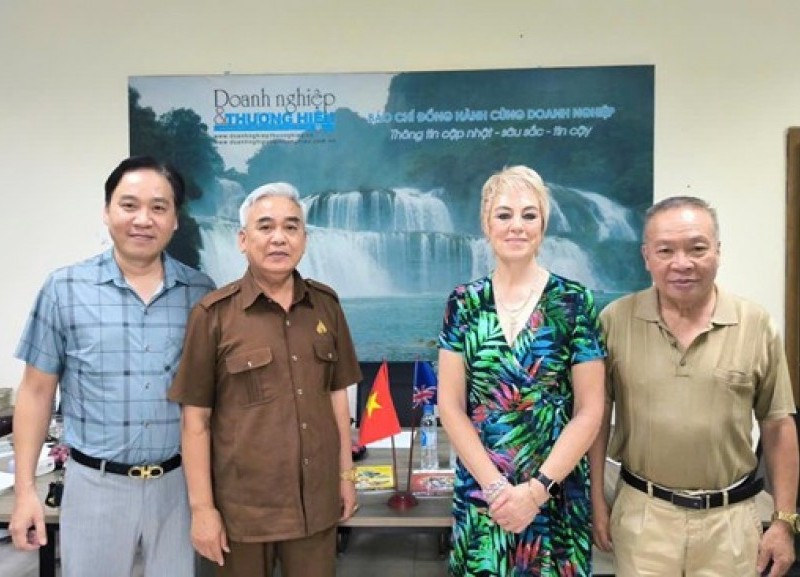In New Zealand, as in many parts of the world, autism is a prevalent neurodevelopmental condition that affects individuals in unique and diverse ways. Among those with autism, some children may struggle with verbal communication, leading to challenges in expressing themselves and connecting with others. These non-verbal autistic children require special attention and support from caregivers, educators, and the wider community to ensure their voices are heard and their needs are met.
Understanding Non-Verbal Autism
Non-verbal autism refers to a condition where an individual has limited or no functional speech. Communication difficulties in these children may vary, and they may use alternative methods of expression, such as gestures, body language, augmentative and alternative communication (AAC) devices, or picture-based communication systems. It is crucial to understand that non-verbal autistic children possess unique abilities, strengths, and interests, just like their neurotypical peers.
The Importance of Effective Communication
For non-verbal autistic children, effective communication is key to their emotional well-being, social interactions, and educational progress. When these children are supported in their communication efforts, it enhances their sense of self-worth and fosters meaningful connections with their families, peers, and educators.
Tips for Communicating with Non-Verbal Autistic Children
Patience and Empathy: Patience and empathy are foundational to successful communication with non-verbal autistic children. Understanding that each child is unique and has their own pace of learning and expressing themselves is crucial. Give them the time they need to process information and respond.
Observe and Listen: Pay close attention to the child's body language, facial expressions, and other non-verbal cues. Often, these non-verbal forms of communication can provide valuable insights into their feelings and needs.
Use Visual Supports: Visual aids, such as picture schedules, visual timers, and communication boards, can assist non-verbal autistic children in understanding routines, expressing preferences, and making choices.
Encourage Non-Verbal Communication: Encourage the use of alternative communication methods, such as gestures or sign language, and praise their efforts. This positive reinforcement will boost their confidence and motivation to communicate.
AAC Devices: Augmentative and alternative communication (AAC) devices can be highly beneficial for non-verbal autistic children. These tools enable them to communicate effectively by using symbols, text, or voice output.
Social Stories: Social stories can help prepare non-verbal autistic children for new experiences and social situations. These visual narratives provide a structured way to understand social cues and appropriate behaviors.
Incorporate Special Interests: Utilise the child's special interests as a way to engage and communicate with them. Incorporating these interests into learning activities can make the communication process more enjoyable and effective.
Supportive Resources in New Zealand
New Zealand offers a range of resources and organisations dedicated to supporting non-verbal autistic children and their families:
Autism New Zealand: A national organisation that provides valuable information, resources, and support services to individuals and families affected by autism. (Website: https://autismnz.org.nz/)
Altogether Autism: An organisation that offers free, specialist autism advice and information for individuals, families, and professionals. (Website: https://altogetherautism.org.nz/)
TalkLink Trust: Provides AAC assessments, training, and support for individuals with communication difficulties, including non-verbal autistic children. (Website: https://www.talklink.org.nz/)
Conclusion
Effective communication is an essential bridge that connects non-verbal autistic children with the world around them. In New Zealand, it is crucial to create an inclusive and supportive environment that allows these children to express themselves, develop their skills, and participate fully in society. By employing patience, understanding, and utilising the available resources, we can foster meaningful connections and empower non-verbal autistic children to thrive and reach their full potential. Together, we can build a more compassionate and inclusive New Zealand for all.
Back to Blog








